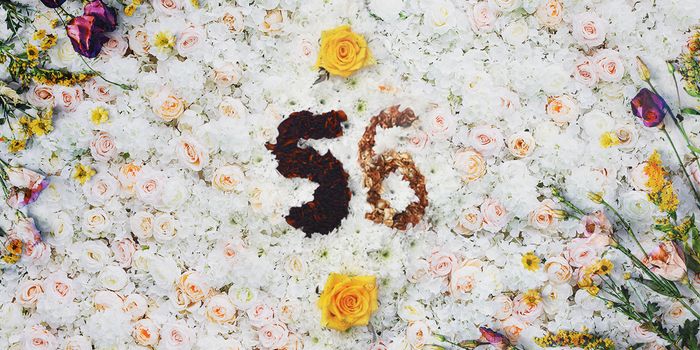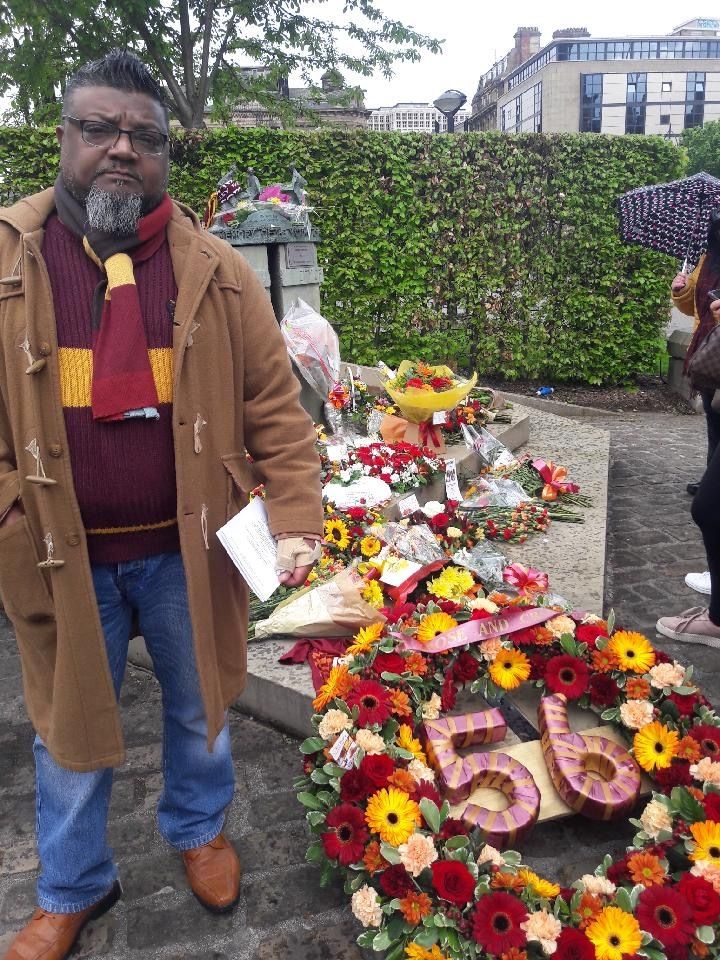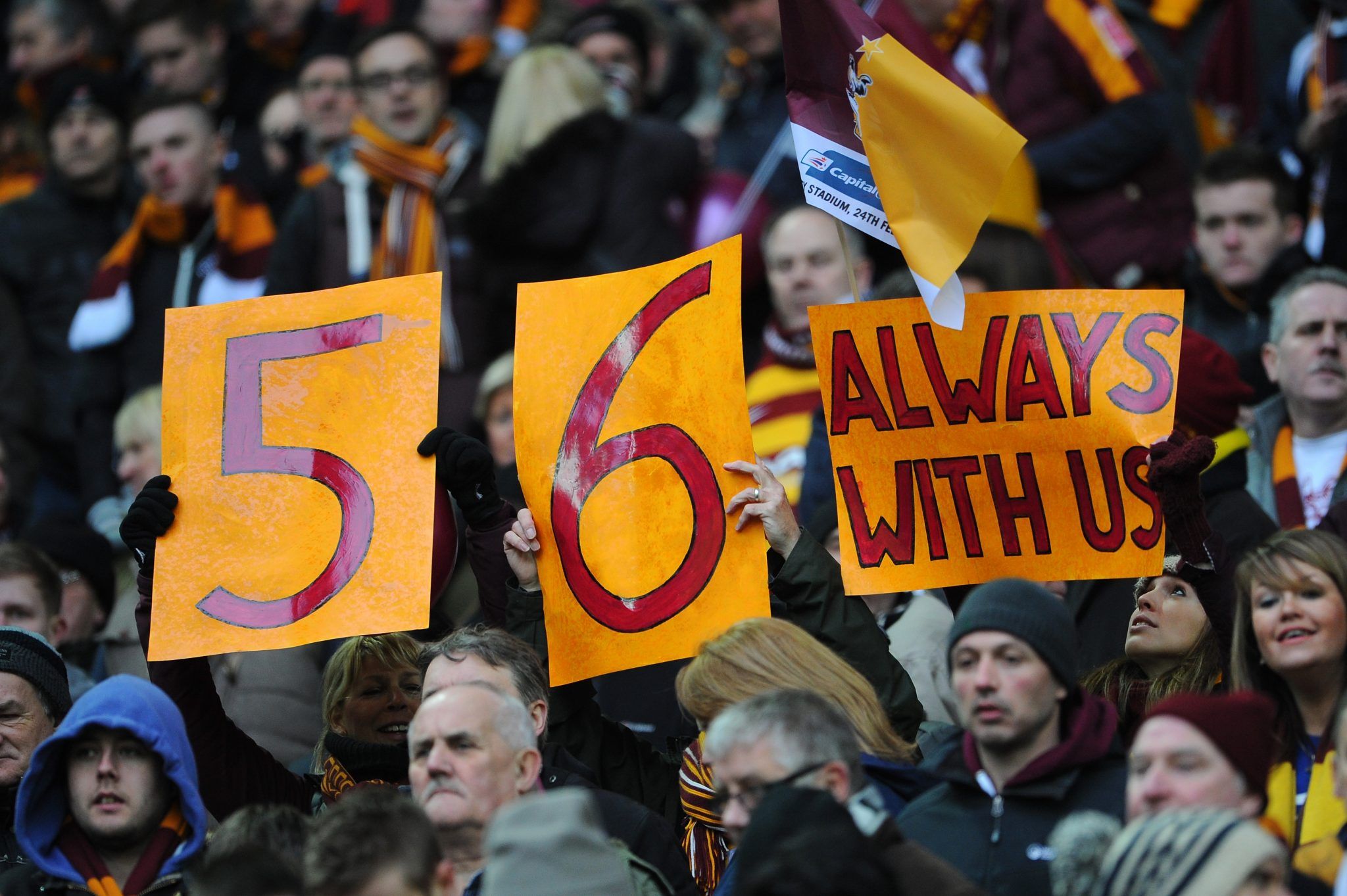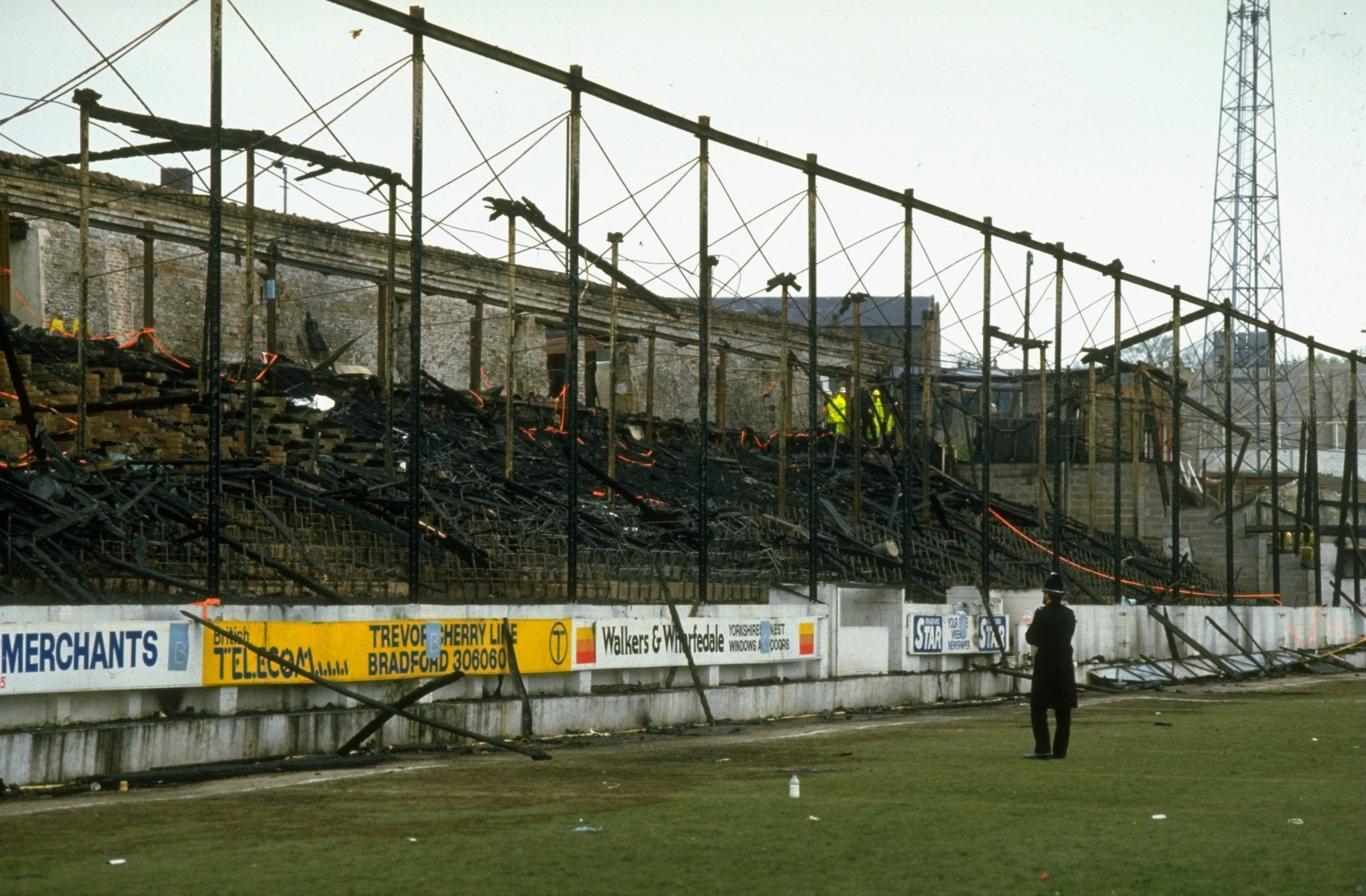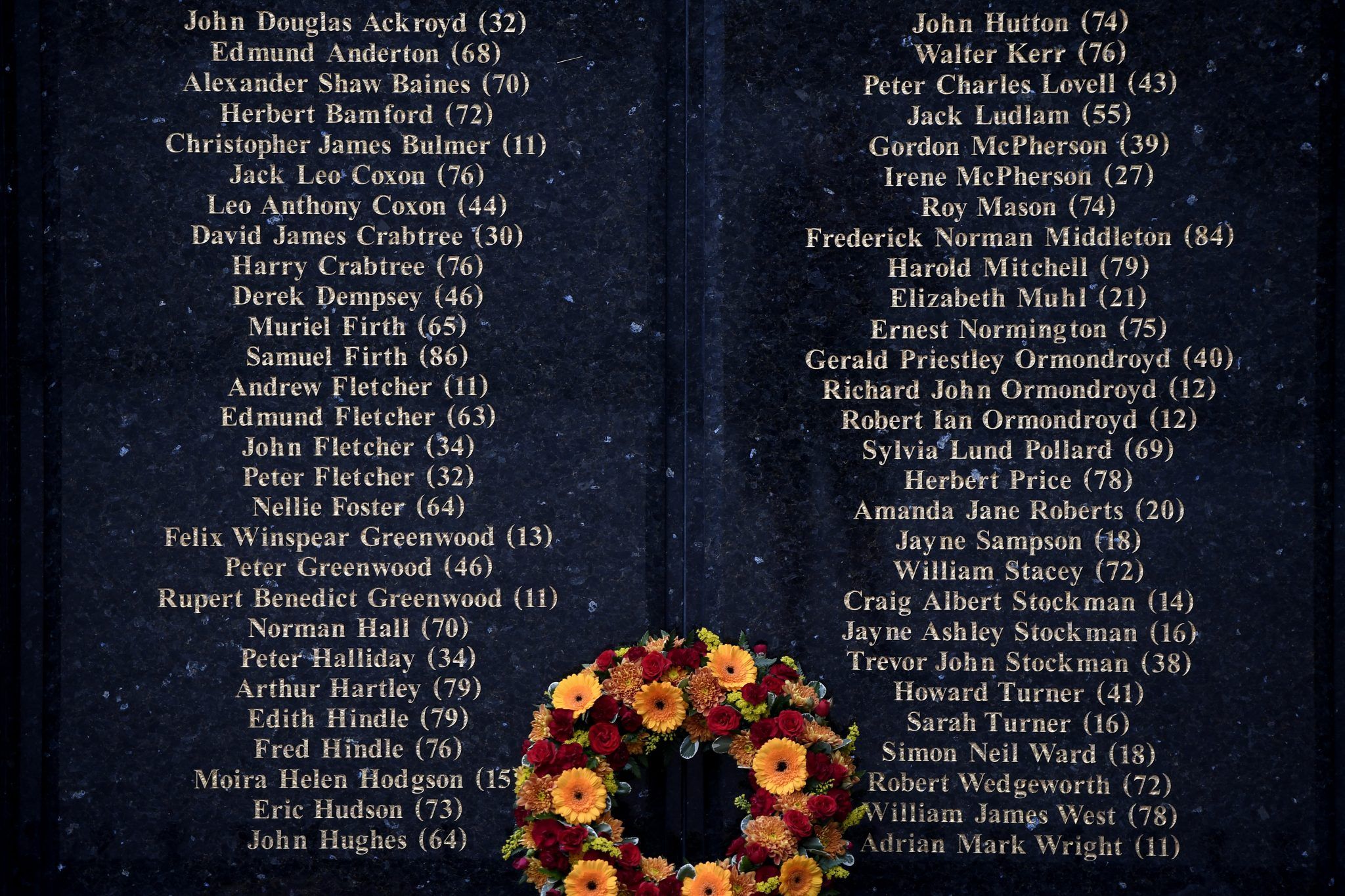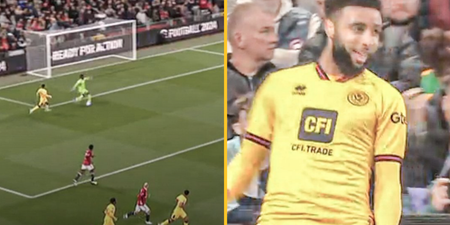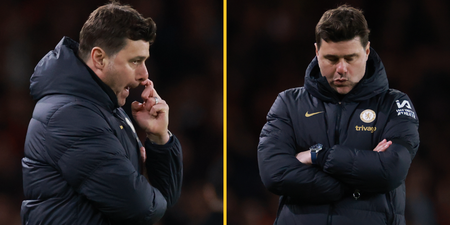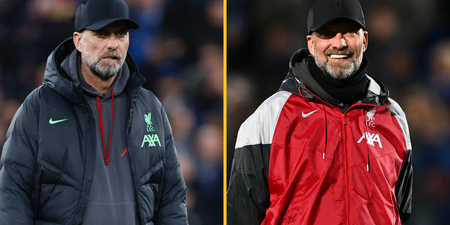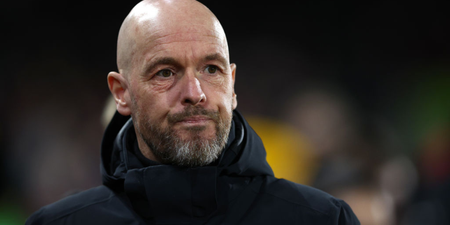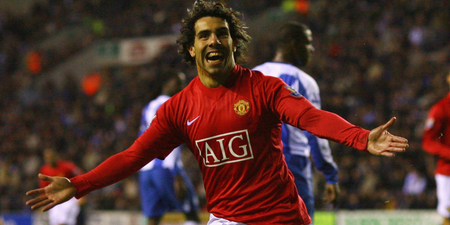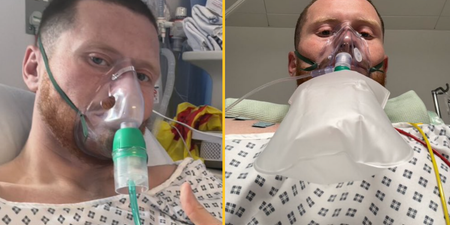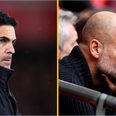“We have to remember the 56 who never came home, but to me, it’s also about how the community came together. The strength of the people here is something to remember too.”
On Tuesday, Mohammed Ibrahim will make his way to Centenary Square in Bradford city centre. There, by the monument opposite the City Hall, he will pause for few moments of quiet reflection before walking north, to Valley Parade; to the memorial which stands on the site of the ground’s old Main Stand.
This has been Mohammed’s ritual nearly every anniversary for the past 36 years. It is, he explains, something he needs to do, a way of coping with the fact that he made it out of the stadium alive all those years ago when so many others did not.
Decades may have passed, but he can recall the events of May 11, 1985 in vivid detail. Those first wisps of smoke rising up from beneath the stand; the rate at which the flames swallowed up its old wooden frame; the cries of those trapped inside. As much as he may wish otherwise, the memories do not fade.
“The really cruel part is that it was supposed to be a happy day,” he remembers. “Our team had won the championship. We’d been celebrating. Minutes later, people were running for their lives. The heat, the speed of it… I’ll never forget that day. I can’t.”
Mohammed was in the the main stand with two friends as Bradford City, having already sealed the old third division title, hosted Lincoln City. Prior to kick-off, he had made it onto the pitch as the team paraded the trophy, returning to his position in the lower section of the stand before the game started.
Then, as half-time approached, came the first smell of smoke.
“We didn’t think much of it at first. Nobody did. There were even a few jokes. We were in the paddock at the front of the stand and the fire started behind us and from there it all happened so fast.”
With the smoke thickening and the first flames rising up from beneath the stand, many of the supporters, instructed to move by police, instinctively made their way to the exit gates at the back of the stand. Tragically, not all were open.
Mohammed’s proximity to the pitch saw him move forward, a decision which ultimately saved his life. After being separated from his friends in the panic, they were reunited on the turf. It had only been a matter of minutes, but the flames engulfed the entire structure by this point, a huge column of black smoke billowed into the sky above.
“There were people still in there,” he recalls. “They were on fire – their hair, their jackets. You just wish you could have done more, even though you know there was nothing more you could have done. The heat was just so tremendous, even from that far away.
“It was a terrible day. A terrible tragedy.”
Fifty-six lives were lost in the Valley Parade fire. Hundreds more were treated for burns and other injuries sustained in the the desperate scramble to escape the blaze.
The ground’s old wooden Main Stand was a relic, built on the slope of a hillside in the early years of the century. The fire brigade, as highlighted in a BBC documentary, had warned the club it was a fire hazard. Much of its timber frame sat approximately two feet above the ground and, in the years leading up to the tragedy, rubbish had accumulated in the cavity below. A dropped cigarette, falling between the floorboards and onto the build-up of debris below, was believed to be the likely cause of the tragedy.
Though the majority of those in the stand, including Mohammed, were able to escape to safety by clambering over the wall that segregated the spectator area from the pitch, many of those who perished were discovered close to the locked exit gates at the back, where the heat and the smoke had been at their most intense.
Mohammed lost all sense of time after the fire, remaining at the ground for hours to assist emergency services in any way he could. In a state of shock, he was too numb to think of his wife and father, who had heard the news and were anxiously waiting for word from him.
“I’d only been married a year back then,” he says. “My wife was out of her mind with worry when she heard the news. When I eventually got home, my dad was so angry. They were scared I was one of the ones who wouldn’t be coming home.”
As he finally left the stadium, ambulances were still shuttling back and forth to the hospitals. The streets in the immediate vicinity of Valley Parade were home to some of Bradford’s Bangladeshi community, many of whom chose to keep a low-profile on match days.
“I was one of the only Asians who went to the football back then,” remembers Mohammed. “Some of the people round there didn’t really feel part of it and would keep out of the way.
“None of that mattered after the fire though. People couldn’t help enough, bringing out blankets and water for those outside. I saw them open up their homes to the injured and those who needed to use their phones. Some of them had tears in their eyes.”
“Much of the Asian community that lived around the stadium had never attended a game,” says Manny Dominguez, Chair of the Bantams Supporters’ Trust. “But the compassion they showed, the way they offered shelter to those who needed it, displayed a great human solidarity on this tragic day. It united the community in grief.”
Manny was ten in the year of the fire. When it started, he was two miles down the road in St Luke’s Hospital. He watched the news updates on a television screen on the children’s ward and can recall the television crews in the burns unit across the yard.
Up to that point in his life, he had not been aware of his local football club. His parents had moved to the UK from Chile in 1974, and he grew up hearing tales of his grandad, who was a passionate supporter of the Chilean team, Colo-Colo. But football and the concept of following the fortunes of a particular team had never really appealed to Manny.
“It changed after that day. Football, the sociological side of it, interests me – retrospectively, seeing how the community was brought together is one of the things that solidified my support for City.
“Becoming aware of them, seeing my schoolmates going watching them really got me into Bradford City in a big way.”
Throughout his teenage years, Manny became an avid Bradford supporter, attending games regularly. He may not have been at Valley Parade on that fateful day, but he has since forged friendships with many of those who were.
“You speak to enough people who went through it and you find that they all have their own ways of dealing with it,” he says. “Every season – in normal times, at least – there’ll be a minute’s silence at the last home game. Everyone’s there and we share that grief collectively. But then the whistle blows, we cheer, and we get on with things, which is also important.
“We have to remember the 56 who never came home, but to me, it’s also about how the community came together. The strength of the people here is something to remember too.”
And so on Tuesday, a special service – streamed online this year – will be held in Bradford to mark the 36th anniversary. The club flag will be flown at half-mast on the City Hall roof and at 11am, the bells in its clock tower will play Abide With Me and You’ll Never Walk Alone. The city will remember the lives lost; the lives changed.
At Valley Parade, wreaths will be laid next to claret and amber scarves, at the foot of the memorial to the 56. Mohammed will visit, if only for a brief while. This is May 11, and this is what he does.
“It was only some time afterwards when you realise who’d died,” he recalls. “I wasn’t necessarily close to them, but as the names come out, you realise who they were: people you’d said hello to in the stand, talked to about the game. Gone. In minutes.
“I couldn’t think straight for a long time after it,” he admits. “I’d hear the voices, the screams for help. Any kind of crackling noise, anything to do with fire, and everything would come rushing back in an instant.”
A long time may have passed, but May 11 still stirs up the rawest of emotions for those who were there. Mohammed’s story is proof of that, as are the two other survivors who asked that their recounts of that day weren’t included in this article. The memories are too painful, no matter how much time has slipped by.
“Everyone is different,” Mohammed says. “I respect the people who don’t want to talk about it. But for me, it helps. It’s about remembering and remembering is important.
“We all wish that we never went through it, but perhaps we’re stronger as a city because we did.”
With thanks to Mohammed, Manny, Humayun Islam of the Bangla Bantams and the others who helped contribute to this piece.
